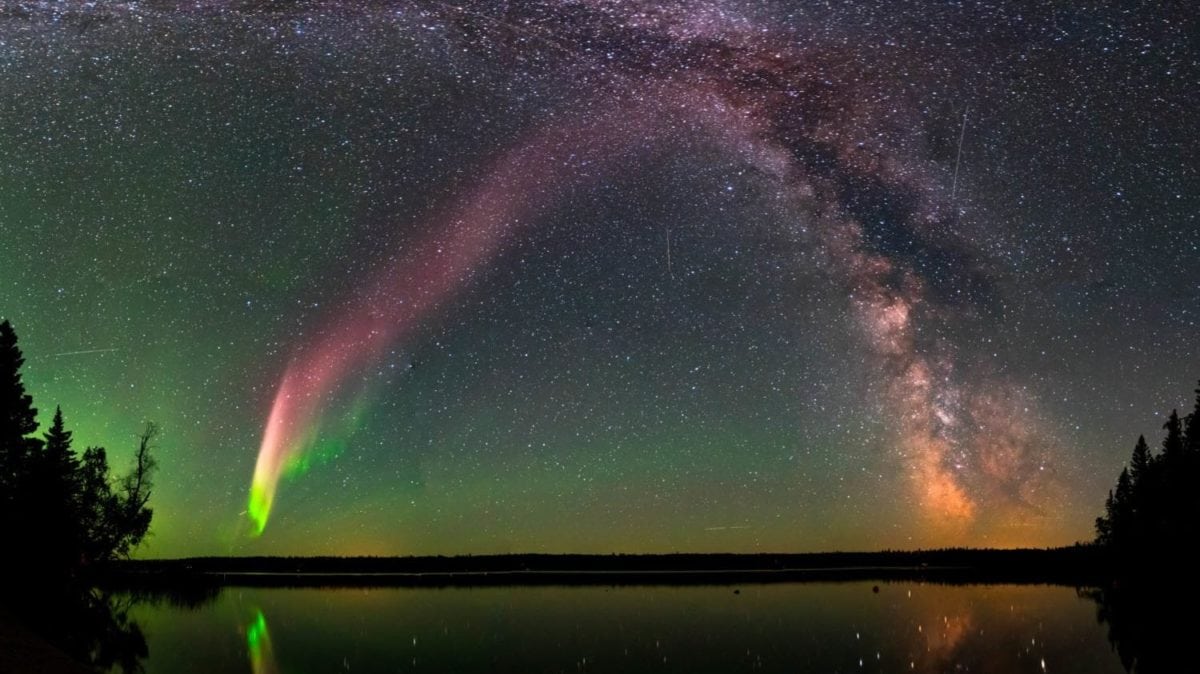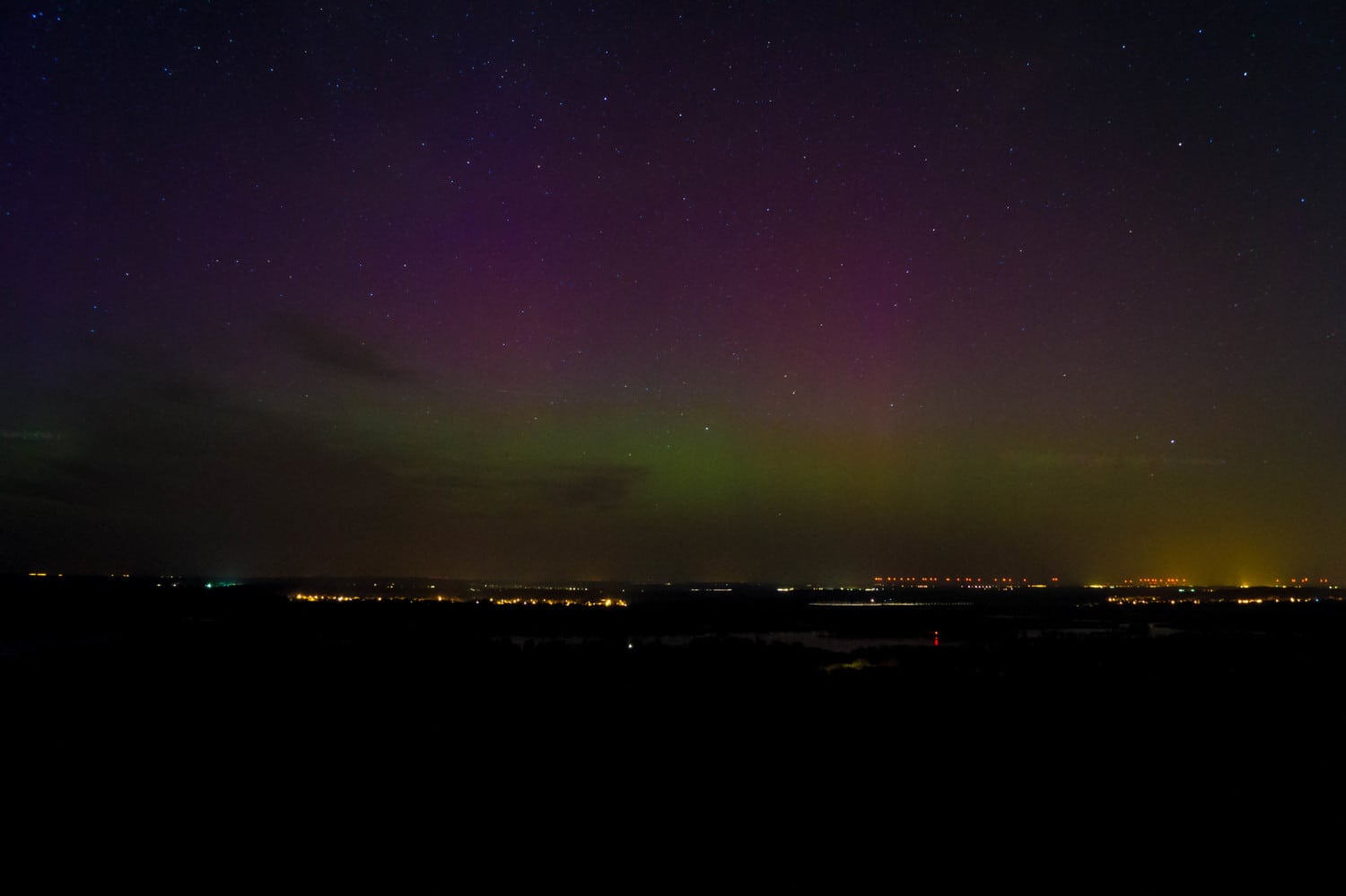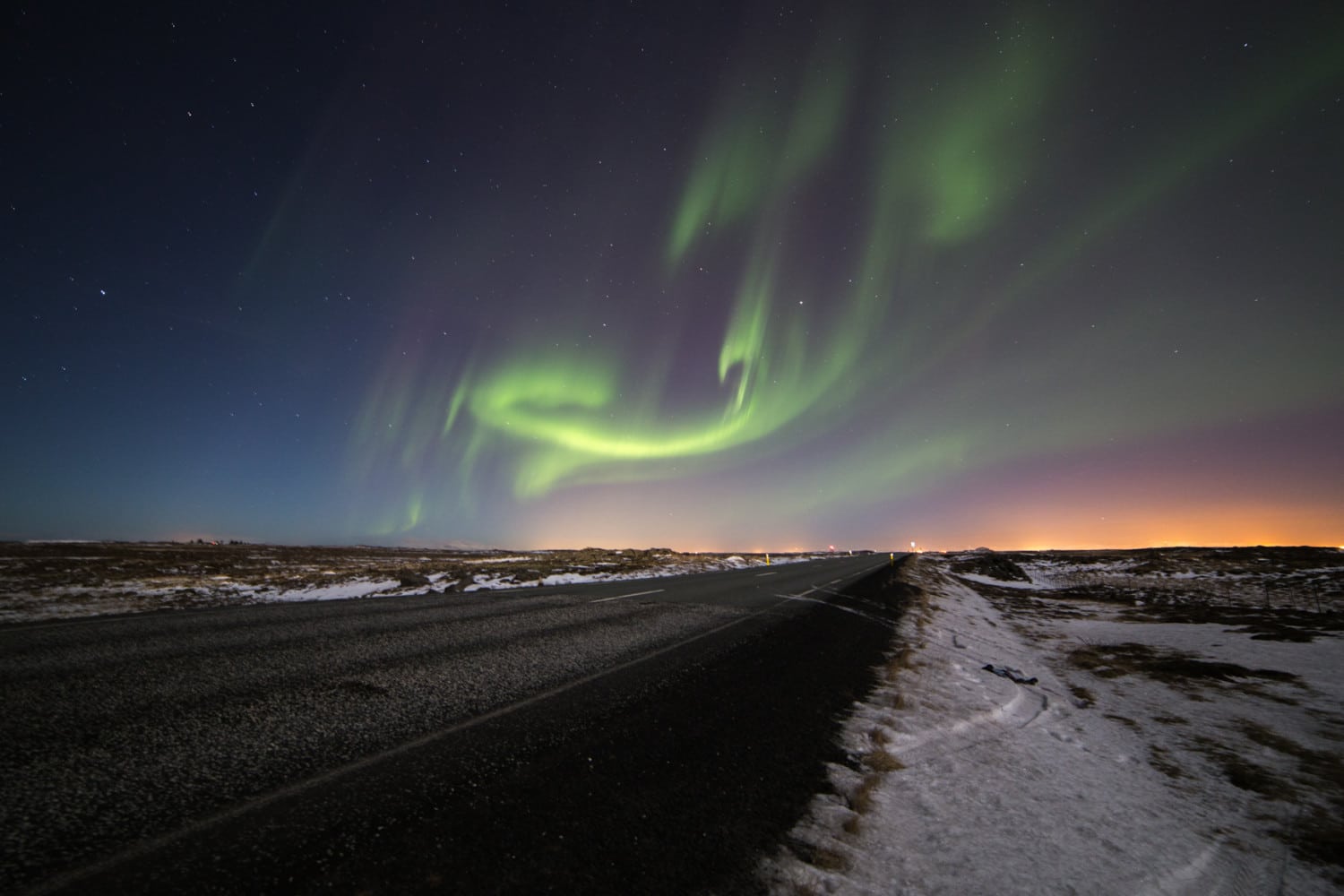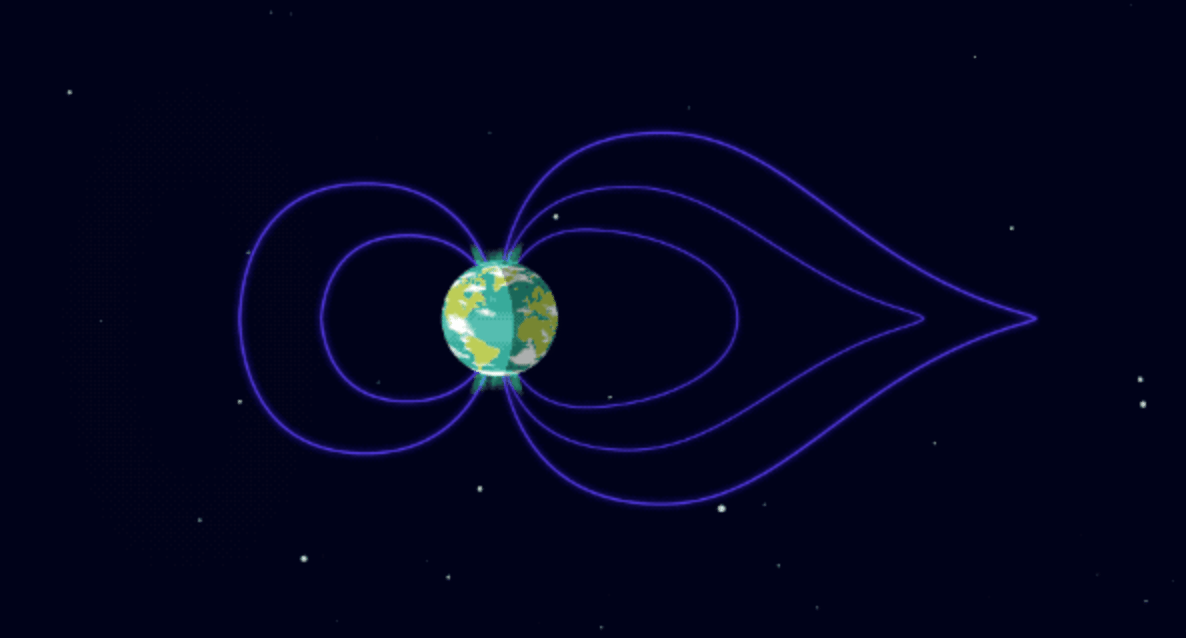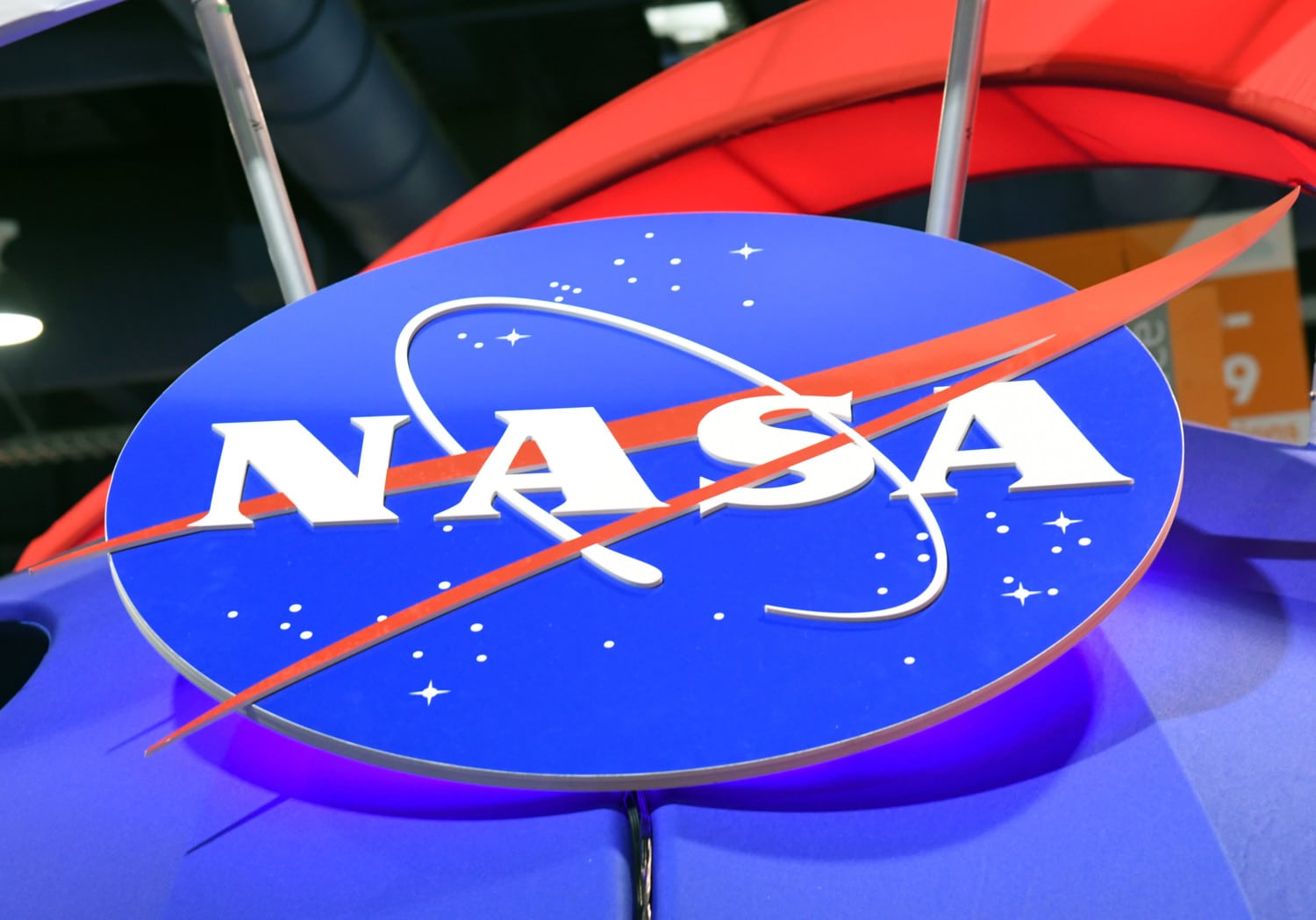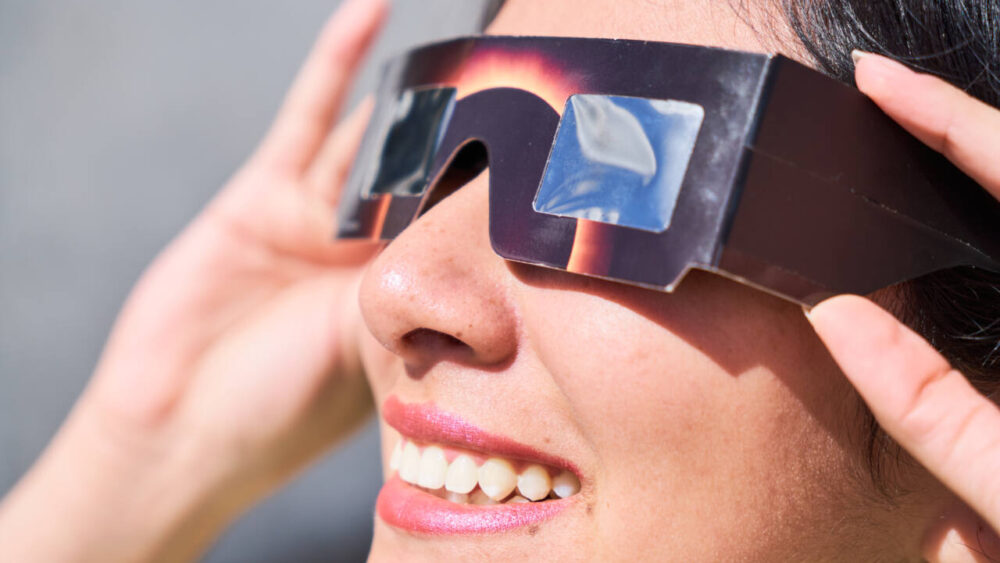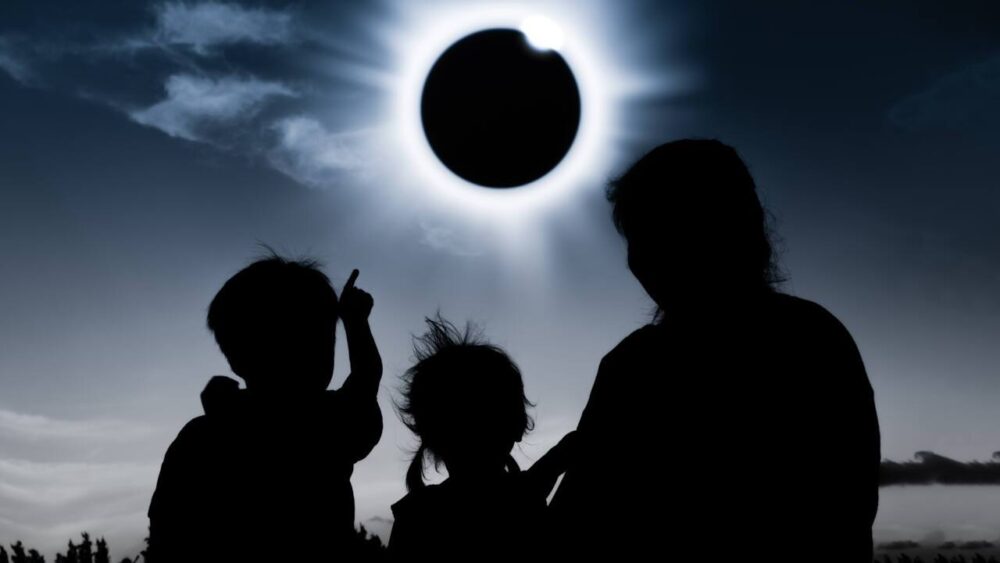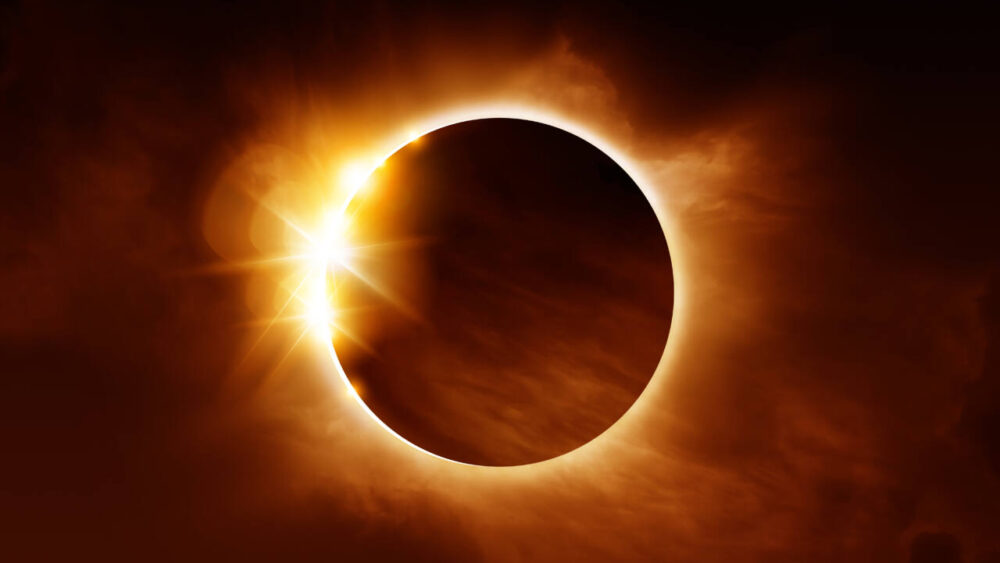Here’s what you need to know about the purple ribbon in the sky named ‘Steve’
People have been tracking aurora-like ribbons of purple and white light in the northernmost latitudes since 2015. But according to new research, the celestial phenomenon that’s been lighting up the sky isn’t actually an aurora.
Between 2015 and 2016, citizen scientists shared 30 reports of these mysterious lights in online forums with a team of NASA scientists that runs a project called Aurorasaurus. The group felt compelled to give the phenomenon a name, so they came up with the incredibly scientific-sounding “Steve.” Since then, a number of studies have been published about the phenomenon, and more information has come to light (pun intended).
What’s The Difference Between Steve And An Aurora?
An aurora, as defined by the dictionary, is a natural electrical phenomenon that shows up as streamers of reddish or greenish light in the sky, usually near the northern or southern magnetic pole. Steve, however, seems to be a little bit different.
According to the new research, Steve is similar to auroras in that they’re both created when charged particles from the sun interact with Earth’s magnetic field lines. Steve will often appear in tandem with auroras.
But there are some pretty distinct differences between the two. According to NASA, auroras occur globally in an oval shape, last hours and appear primarily in greens, blues and reds.
Steve, on the other hand, occurs in lower latitudes, and is purple with a structure similar to that of a picket, as shown below. On top of all this, the Steve phenomenon only lasts from 20 minutes to an hour.
What’s The Future For Steve?
After all the excitement and new discoveries surrounding Steve, scientists decided to keep the phenomenon’s original name, but they’ve turned it into an acronym so it sounds a little more official. Steve now stands for “Strong Thermal Emission Velocity Enhancement.”
In terms of how Steve’s discovery affects science, the main Steve researcher on the NASA side, Liz MacDonald, said the light display can help reveal how the “chemical and physical processes in Earth’s upper atmosphere can sometimes have local noticeable effects in lower parts of Earth’s atmosphere.”
“This provides good insight on how Earth’s system works as a whole,” she said.
Learn more about Steve in the video below:
Follow Meteorologist Jason Meyers on Twitter or watch one of his entertaining and educational YouTube videos.


